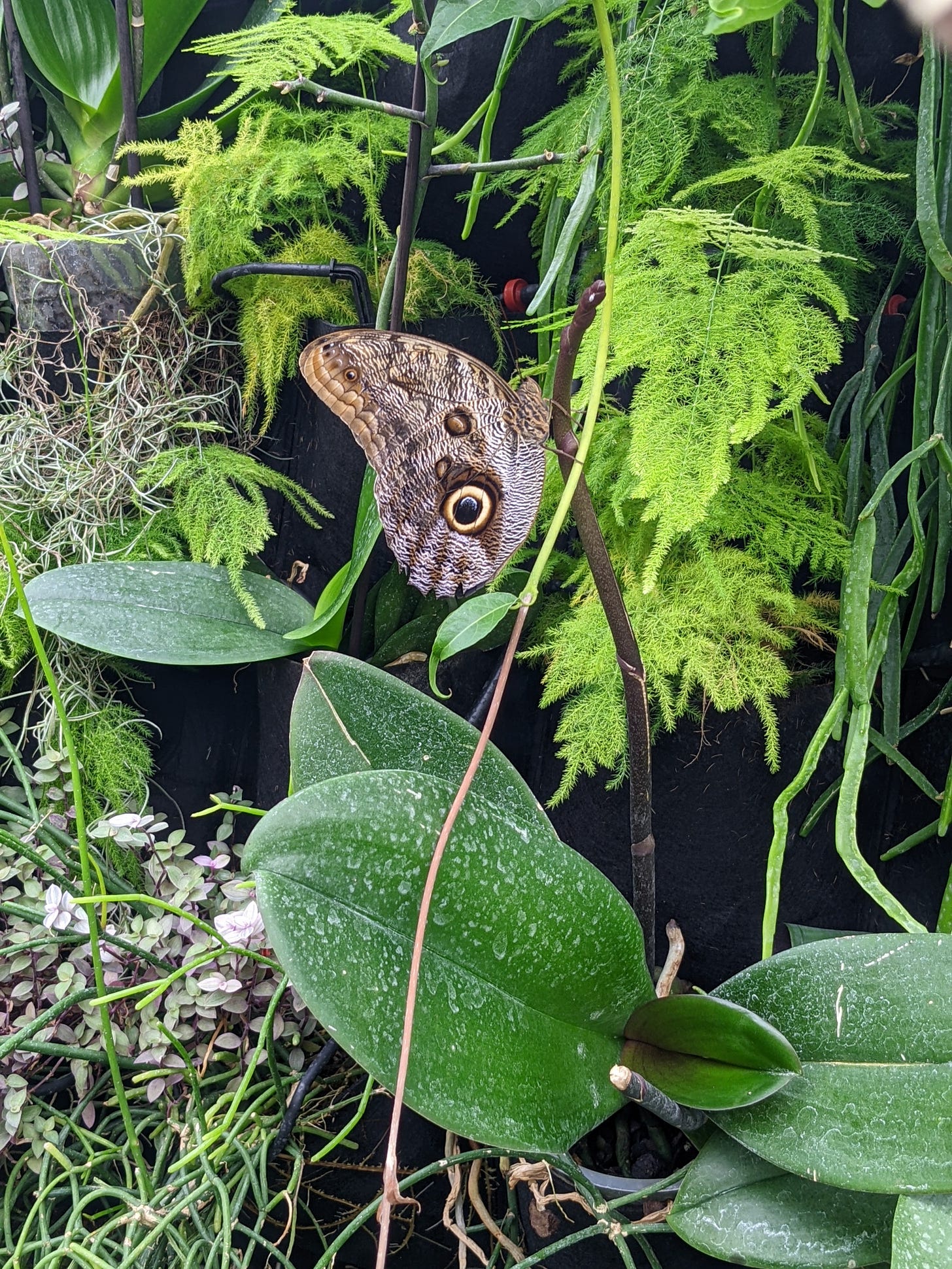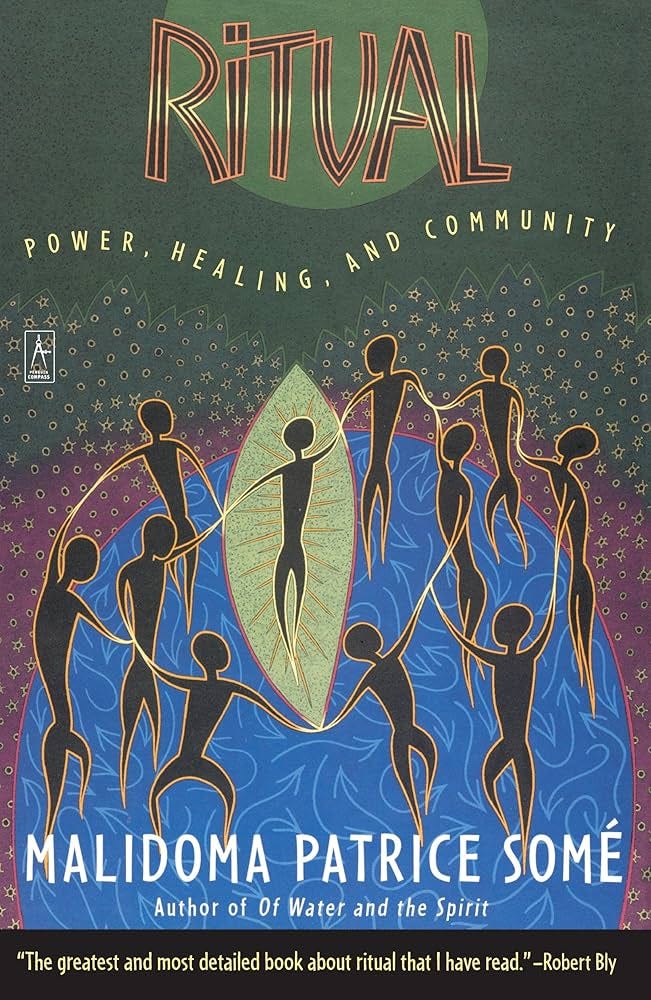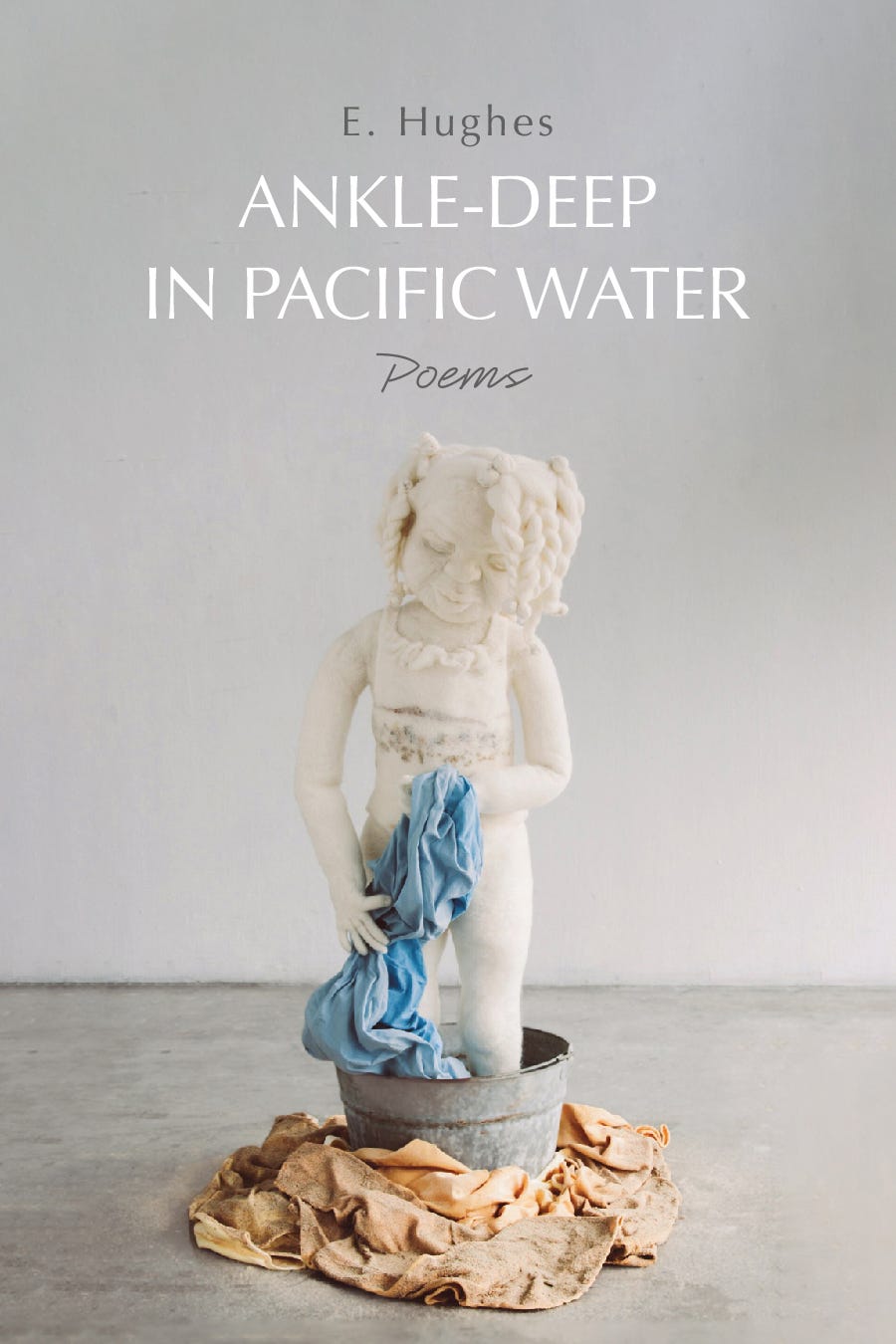You say, “Close your eye to the butterfly!” I say, “Don’t blink! - June Jordan, "Poem for Siddhārtha Gautama of the Shākyas: The Original Buddha" Butterfly, why do you want to fly away? Could I persuade you, you to stay At least until early June? Early June… - Donald Byrd, “Butterfly”
The weather wants to warm up and I am willing to wait. I’m nervous about what summer will bring. Spring, linger, linger. I’m enchanted by your blossoms, the crisp bite of air, fickle in its uncertainty, the sense of possibility that hangs from every living organism you touch. We’re all waking up. Yawn, and stretch.
Usually around the equinox, some early butterfly species start emerging here in the Bay Area: painted lady (Vanessa cardui), monarch (Danaus plexippus), of course, and sandhill skipper (Polites sabuleti), to name a few. The other day, after returning from an exhilarating weekend up north in Yurok Nation with Critical Ecology Lab’s Liberation Ecology Field Course, I was surprised by a 3 day growth spurt of my collards. I of course, sang a little tune to my burgeoning greens, then went on about my business. As I descended the steps of my apartment complex, I watched a bright white cabbage butterfly fly towards my balcony. They are back and they are hungry.
Container gardening has its benefits and drawbacks. One drawback is space and capacity. Another, not being able to adequately position your herbs and onion deterrents to ward off pesky snackers. Last year, the cabbage butterflies were so sneaky-smooth, they waited until my collards had neared maturity, then their larvae (caterpillars) descended and decimated my crop bit by bit, starting with the sweetest leaves. As disappointed as I was, I have to admit I was a bit impressed by their tenacity — and taste.
I first learned about cabbage moths when working in a freshwater research lab in college. Our job was to collect water samples from a few different lakes in Southeastern Connecticut. Once, when we were collecting samples at Bride Lake, a white winged butterfly flew past me and I cooed at its beauty. Shortly after, it landed on the road and got run over by a car. The lab lead laughed and said not to be too upset, they were invasive anyways. Bride Lake is right across the street from The York Correctional Institution, Connecticut’s only female penitentiary. Later, my fellow lab mates laugh and joke about inmates escaping, swimming to our small dingy and taking it over. The only Black person on the trip, I feel trapped on the water. At least the cabbage butterfly can fly. Could.
A recent study in Science took the environmentally-aware world by storm, eeking its way into some mainstream news segments, revealing the abrupt decline of butterfly populations worldwide. I wanted to read the original article, but was abruptly met with a paywall. Luckily, I still have some residual perks from *******, and the PDF to print button is my favorite tool on my computer. Much to my surprise, the cabbage butterfly is one species whose population is declining most rapidly.
Insect populations have been declining steadily for decades now, but butterflies, important pollinators and decomposers, and just all around beautiful beings, add a new dimension to an already vulnerable ecosystem. A butterfly is already a short-lived organism, living most of its life as a caterpillar, then stuck in its own goo as it metamorphoses into something so ephemeral it must be beautiful. Somehow, butterflies remember all their various stages. At my favorite antique shop in Alameda, I impulsively purchase preserved butterflies: golden birdwing (Troides aeacus), brookiana (Trogonoptera brookiana) and Burmese junglequeen (Stichophthalma sparta). Exotic paraphernalia cornered from tropical jungles miles away. If they disappear from the skies, I want to show my descendants what was once there. This too is incomplete.
During a brief visit to Montreal in 2022, I visited the Insectarium. Once of the largest collection of insects in North America, the most impressive part of the museum (to me) is their vivarium, where numerous species of live butterflies bustle around in an open air dome. Coincidently, this is the first time I’ve ever seen a butterfly urinate, which happened mid air, and was a part of its unique beauty as well.
Surrounded by butterflies, I remember my own childhood visits to the Butterfly Pavilion in Denver, CO, terrified of large winged moths with eyes on their backs, doing just what they’re supposed to do, scare away potential predators. I’m not trying to capture any of them with my hands or teeth, just my eyes. Simultaneously thankful for the research and preservation work these institutions do, I wonder what it means to hold a captive population of critters while those who do not adhere to human imposed boundaries languish and disappear from the skies. What makes these half-domesticated butterflies so different? Are their aspirations and memories just as wild as their predecessors? In reflecting on the wounds of colonialism and their impacts on salmon fisheries and migration, Chief Caleen Sisk remarks that “these salmon are alive, but they are not smart.” Like the Palm Wine Drinkard, I want to journey to the underworld, to the afterlife and bring back what once made our lives whole.
Stuck in limbo, a purgatory of post-disembarkment, I connect every modern ill back to colonization and enslavement. Butterflies are just one piece of modernity’s culling act. When I look towards an empty sky, its blueness weighs heavy with spirits of Black children who never got to grow to maturity, whose lives are cut short by empire, their own hands, disease and neglect, the Black adults whose childhoods suffered under the weight of expectation, whose metamorphoses were only perceived as threats. Death is diurnal, mundane, even. In an interview, an Israeli settler says “well, Arab children grow up to be terrorists…” to justify the onslaught against Palestinians, and at least she has the gumption to vocalize the politic guiding most of our oppressor’s thinking. Only if we can accept this can we forge a pathway forward.
The van ride from Klamath to Oakland is a little under or over six hours, depending on traffic and who’s driving. In between reading bits of Malidoma Patrice Somé, watching the forest change to farm land back to forest again, then highway, and scrolling on my phone, I stole glances at the windshield, feeling a strange sense of relief and distaste as insect splatters gathered on the glass. Driving in the city or on the highway, you’re more likely to hit a bird than a bug.
We are trying to start seedlings in AstroTurf. What does it say when even the most “invasive,” the most resilient species are falling victim to industralization’s gluttony? When butterflies vanish from our skies and billionaires crop up like bile, every spotting is a miracle.
I won’t make it easy for them, but I’ll welcome their presence as an indication of love. Hope is a garden bed well managed.
Personal announcements:
Join me and Hummingbird Urban Farming Collective this Sunday March 30th for a workshop about Black mycology, myco-remediation and afro-ecology. Please note this is an affinity space and priority will be given to Black participants. Register here.
Look out for some forthcoming work in Art Review Oxford, Porch Water Press, Orion & The Florida Review.
April is going to be a busy month for me! Stay tuned with performances & engagements on my Instagram page: ashiainbloom
What I’m reading:
Ritual: Power, Healing and Community by Malidoma Patrice Somé
(Just finished)
Ankle-Deep in Pacific Water by E. Hughes








